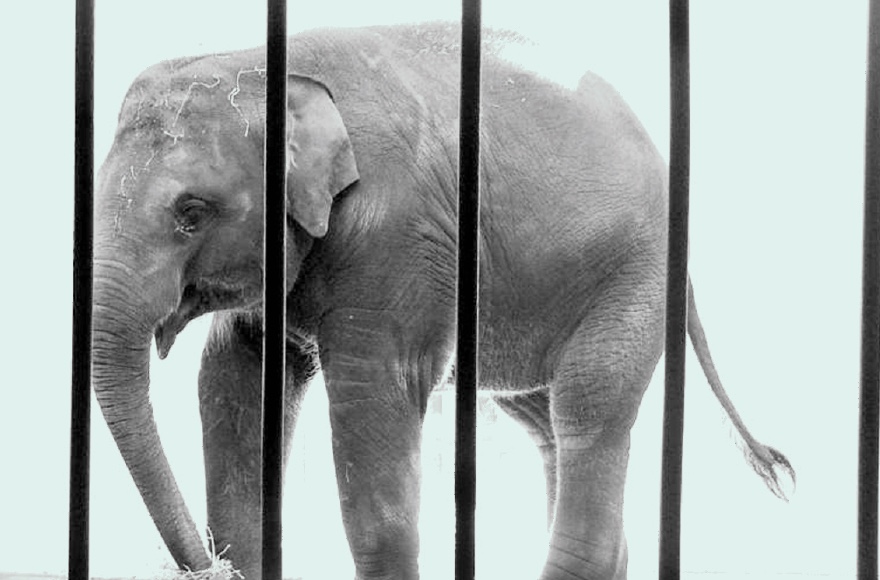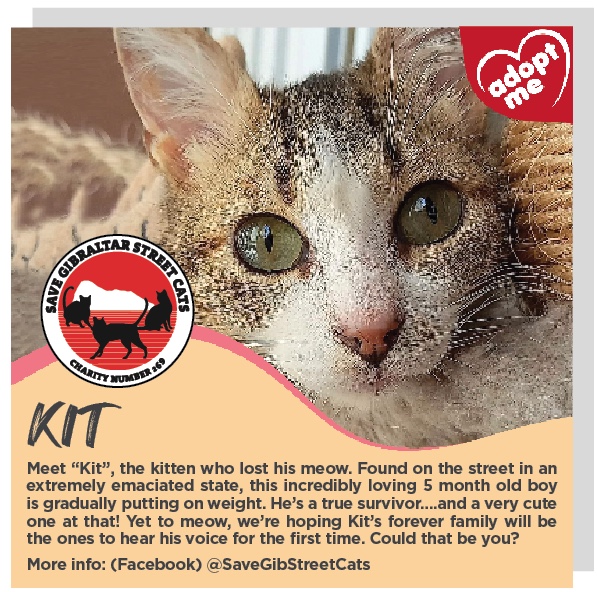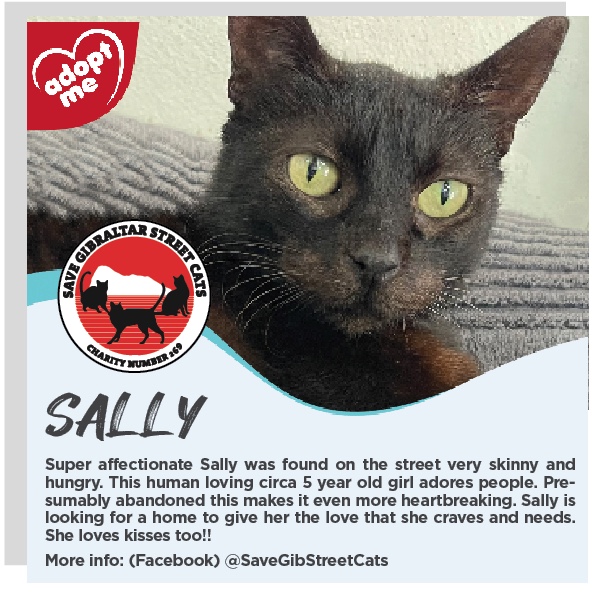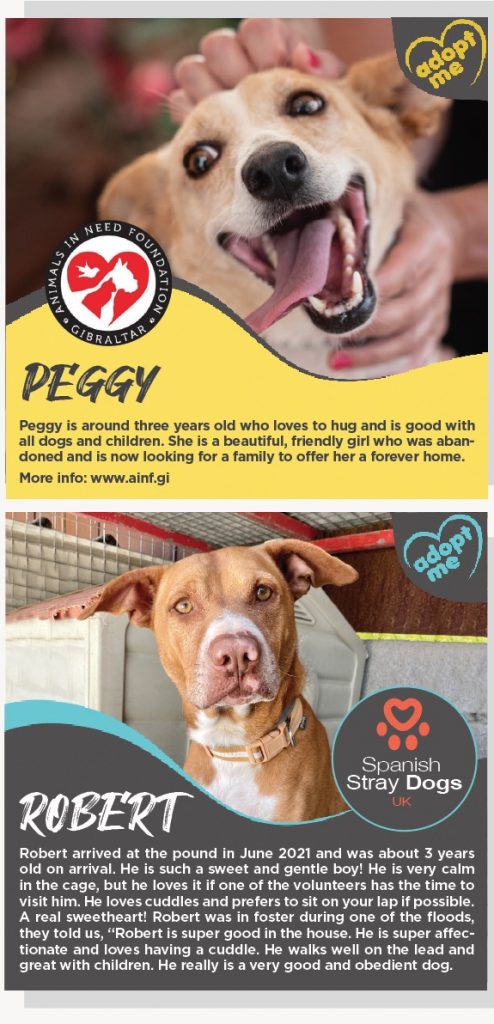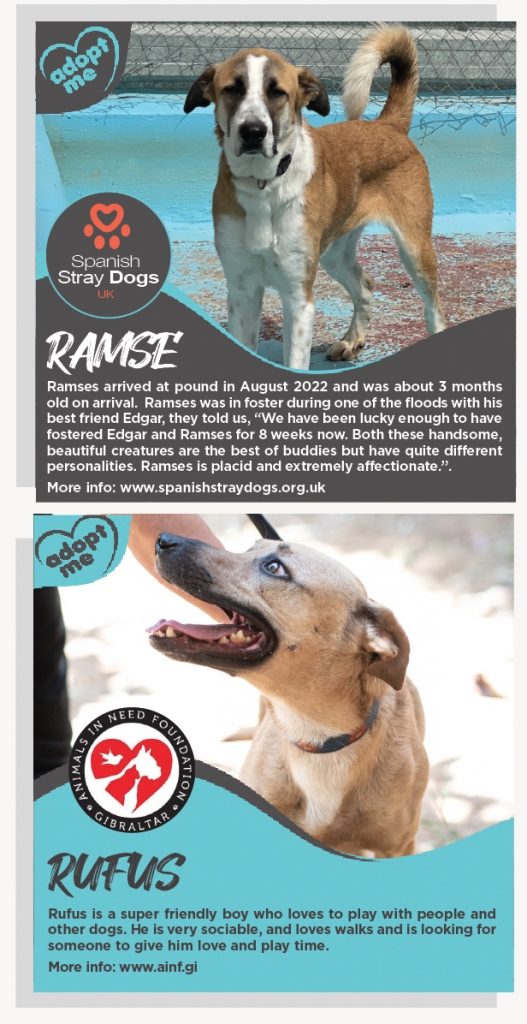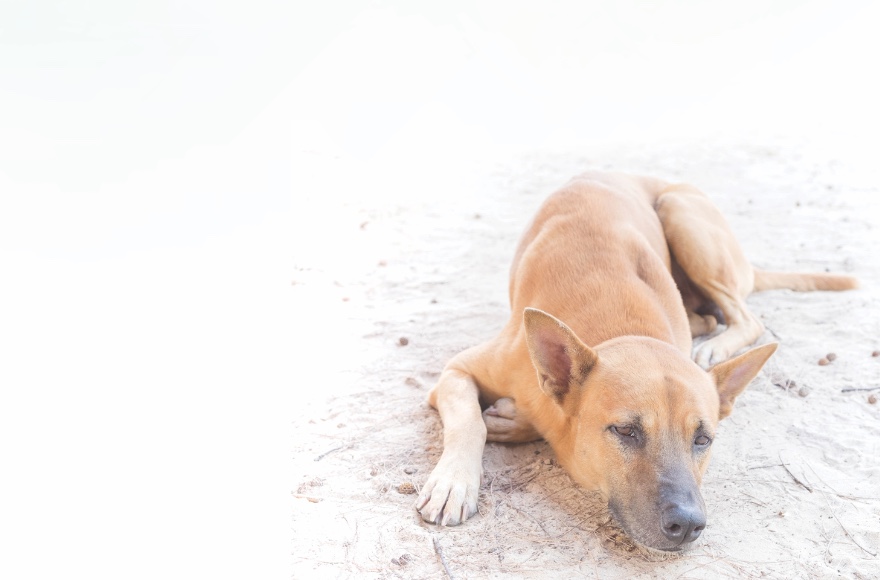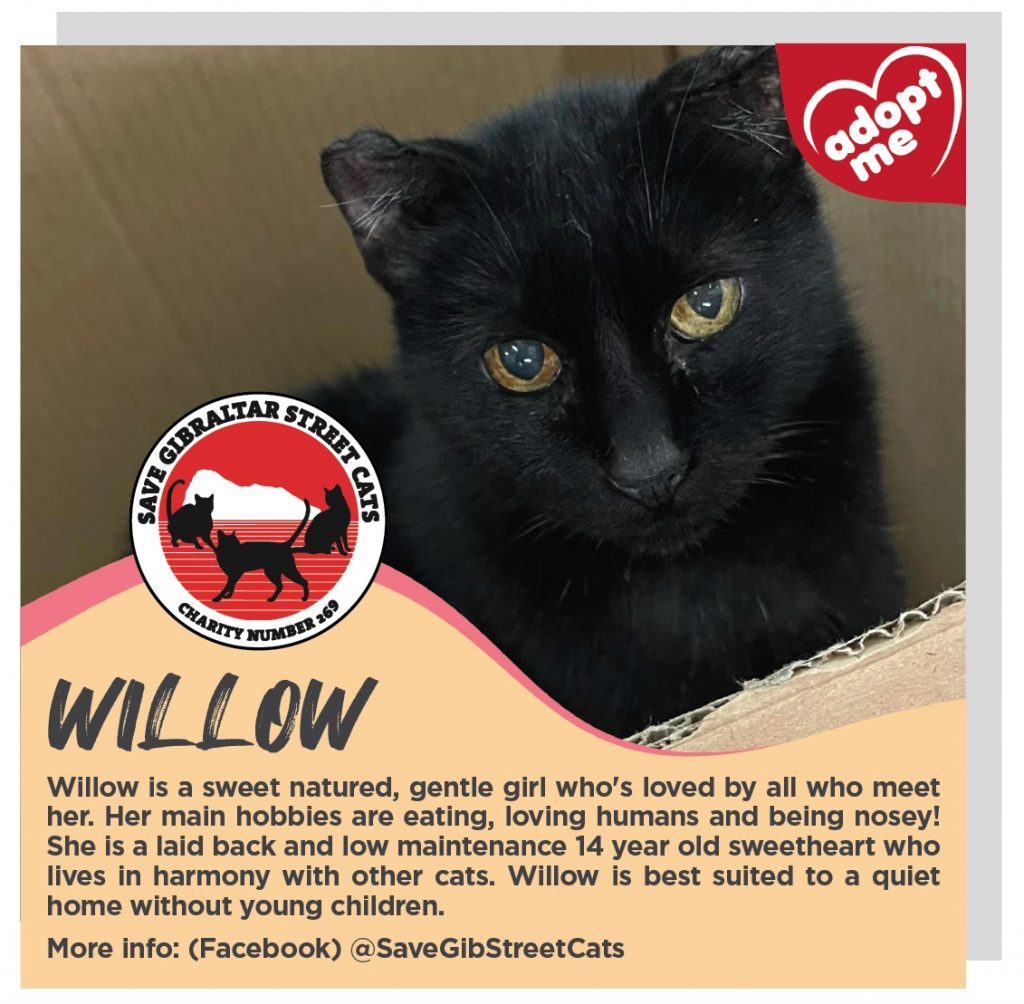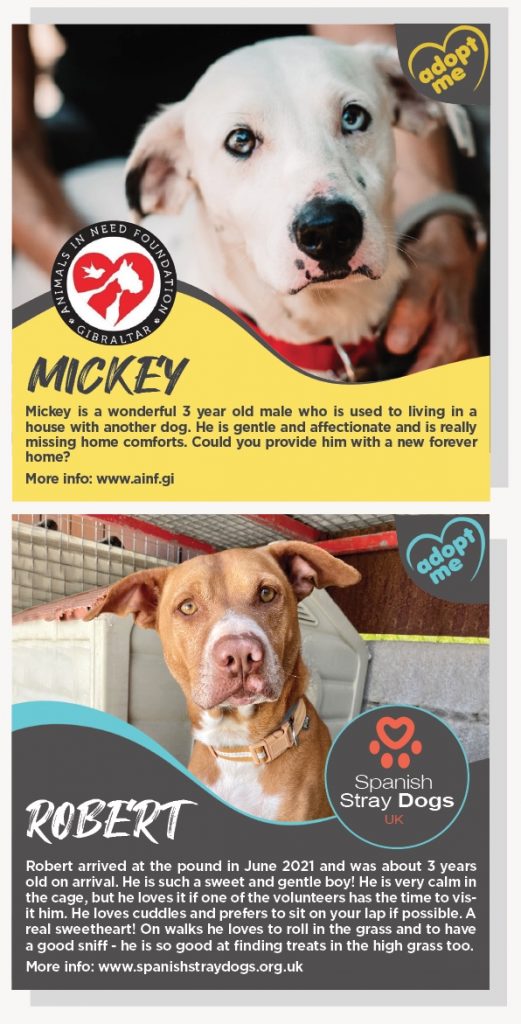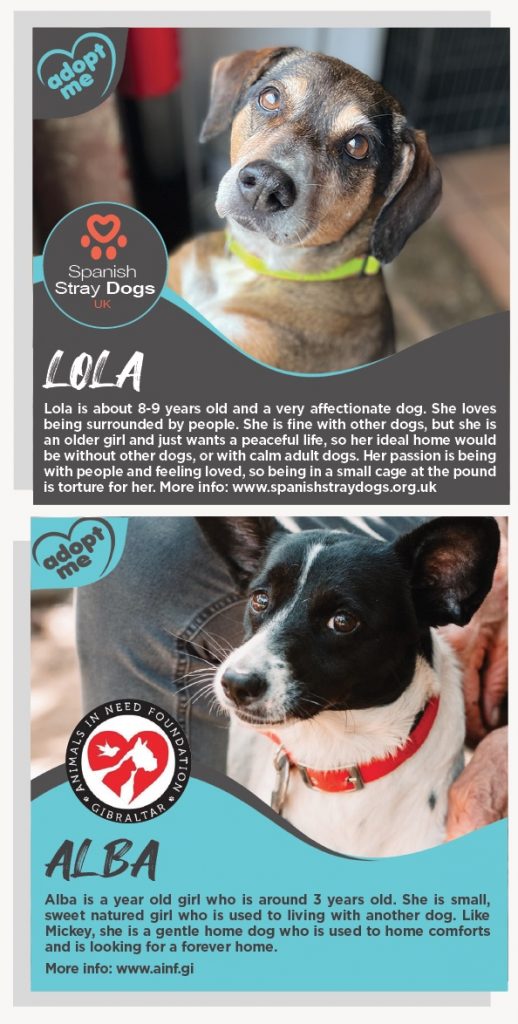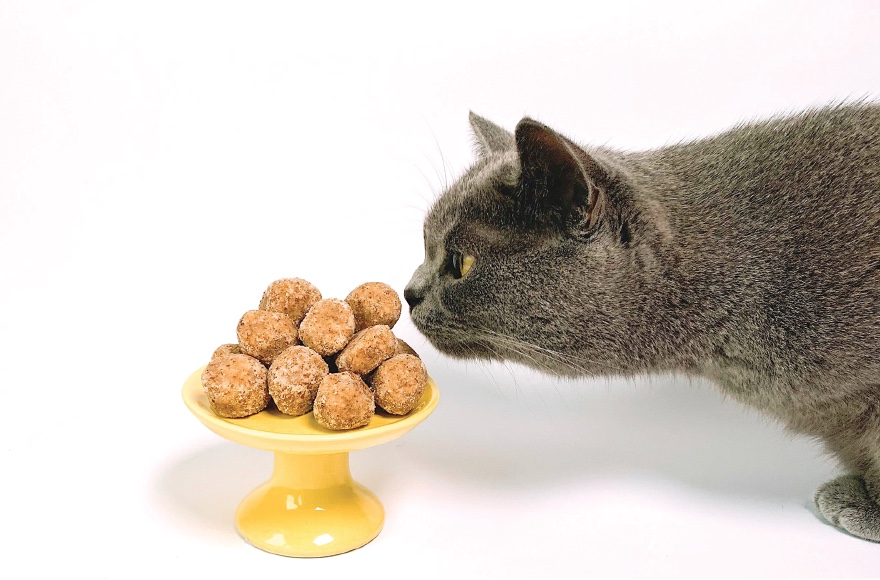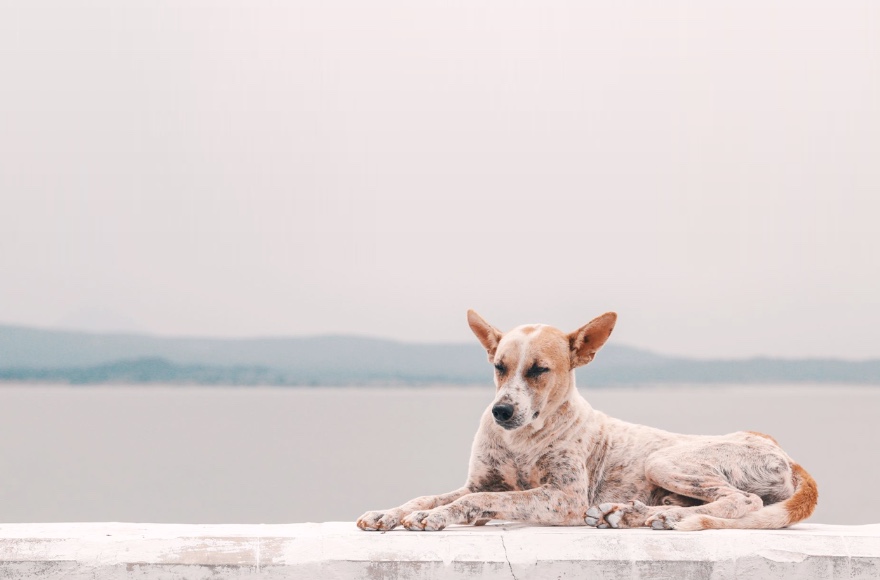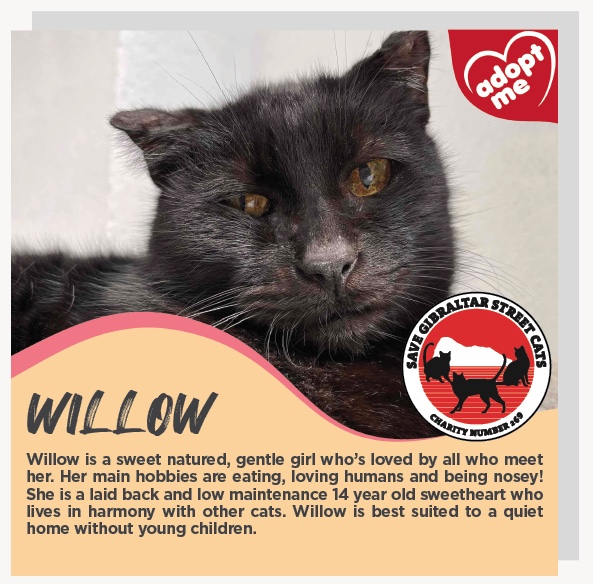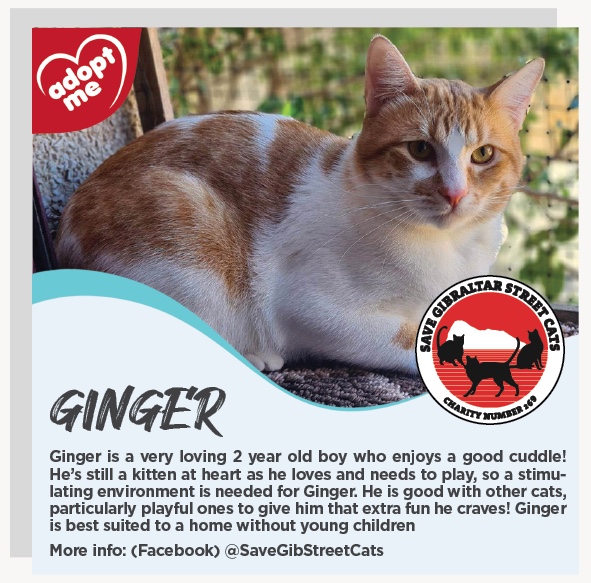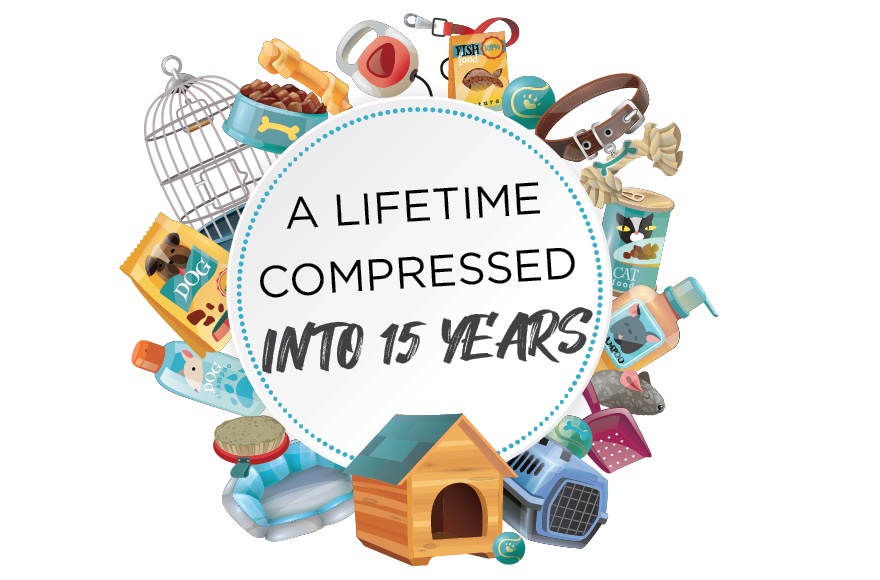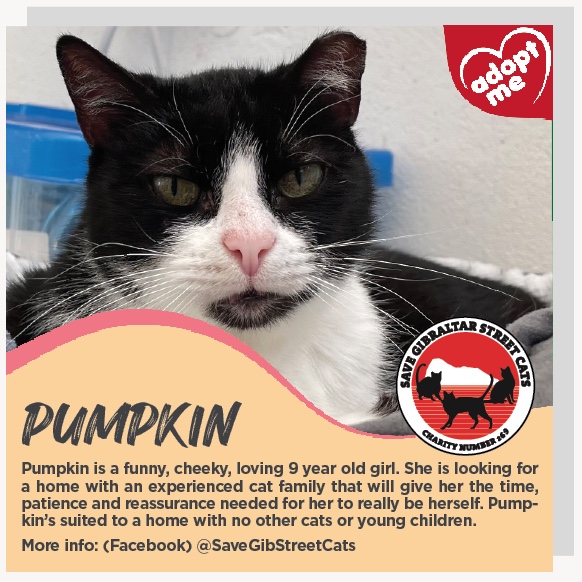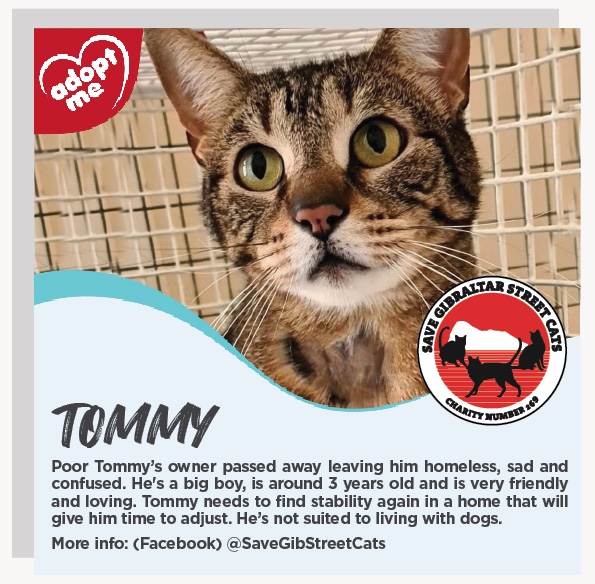A Vets Insight
KEEPING WILD ANIMALS IN CONFINEMENT, IS THIS MORALLY ETHICAL
The recent planning application to install an aquarium in the Victualling Yard raises some moral issues that should extend far into society and question the keeping of certain animals in cages, confined environments or aquariums.
I grew up in an era of performing animals, circuses, substandard inhumane zoos, pet shops selling wild caught wild caught birds, monkeys in cages etc.
One of the memories I had as a young child was going to see performing dolphins at the Montagu Pavilion, one can only imagine the suffering of these animals as they were transported. Pet shops in the 1970s used to stock wild caught birds for sale in cages, Goldfinches, Greenfinches, Sirens, Siskins etc etc . People used to keep male Goldfinches in small cages about 20 x 20 cms for their immaculate song , tragic to confine an animal that could fly miles a day into this prison just for human enjoyment . These songbirds sing for a reason, to attract females so that they can mate, not so that it gives a human a few minutes of pleasure.
Aquarium fish are also another tragic tale. One in 6 aquarium fish die from reef to retail. It is estimated that tens of millions of fish die annually to feed the global aquarium industry. TENS OF MILLIONS!!! I was ignorant of this fact until very recently. As we educate ourselves on the realities of what happens behind the scenes we should shake off these impulses to see animals in confinement for our pleasure.
I remember a conversation I had with a very religious gentleman, who argued that all animals were put on earth for our gratification. What a load of nonsense, what’s more humans as the most intelligent species on this planet has a duty of care to all its fellow animals. We shouldn’t be sticking them in confinement for our ‘enjoyment’ and ‘education’, we should be protecting their environments and the climate and looking after their welfare.
We should be having companion animals under our roofs rather than pets, such as dogs and cats that are an integral part of our family, I can assure you that they will love you more than 95 % of the humans out there.
So I come back to the large Aquarium that they want to build, a backward step for society, if you want to be educated on these splendid wild animals that belong in oceans then go out on a boat, or visit the seashore. If physically this is impossible there are loads of high quality documentaries out there that will show these animals in their natural state. Absolutely no need to imprison them for out ‘enjoyment’ and ‘education’.
For more
information please phone Gibraltar
Vetinary Clinic on
200 77334

